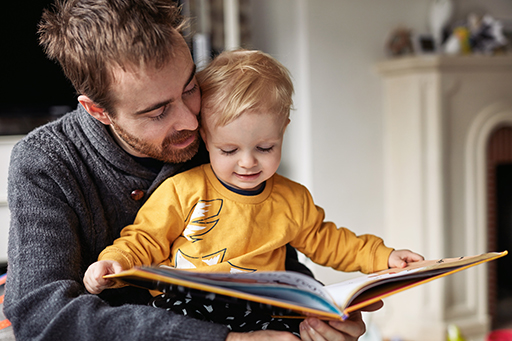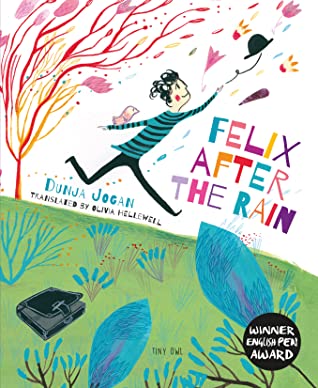5 Reading as a personal process
Texts are always created with intent and purpose. Whether it be a commercial flyer, a webpage or a novel, the author uses written language and images to convey information, ideas and thinking on a subject or to tell a story. However, the idea that there is a single, fixed interpretation residing in a text is contested. Reader Response theory illustrates that readers are not passive consumers of text, but rather that each reader, or listener, plays an active role in the process of creating and constructing meaning.

In her seminal work on Reader Response theory, Louise Rosenblatt (1994) argued that a written text is only marks on a page until the reader engages with it. Rosenblatt proposed that the reader enters into a dynamic transaction with the text and actively constructs meaning. According to the Reader Response theory, each and every reader brings their own lived experiences and their own contextual, emotional and cultural knowledge and beliefs to the process. Everyone constructs interpretations of texts that fit their own current views and understandings of the world, though the text may expand this. This means that different readers will interpret the same text in different ways. Likewise, the same reader may construct different meanings from a single text on different occasions. Every engagement with a text is a unique and distinct experience.
As the author Piers Torday (no date) says:
When we read a book, our internal imagining of the words on the page is entirely individual.
SAQ _unit3.5.1 Personal reflection 2
Choose a novel, poem, magazine article or other text that you have been motivated or inspired to re-read.
- In what ways did the experience differ?
- Did you notice particular aspects that weren’t so prominent on the first reading?
- What did you notice about your interpretations of characters, events or the information? Did this change or develop?
Comment
Three of the course team, Sarah, Lucy and Teresa all read Felix After the Rain, a children’s picture storybook by Dunja Jogan. After Sarah shared her views about the identity of one of the characters, Lucy revisited the book, noticing that two illustrations were Felix, rather than different characters, as she first thought. Teresa on a second reading noticed the author’s metaphoric use of the sea to indicate Felix’s journey and thought about changes in her own life journey.

Reader Response theory illustrates that every reading of a text is a unique experience. Whether it is a first reading or a re-reading, the reader constructs meaning by finding connections between the text and their personal knowledge and understandings.
This deep engagement with a text and the benefits it brings is something you will explore further in the next section.
